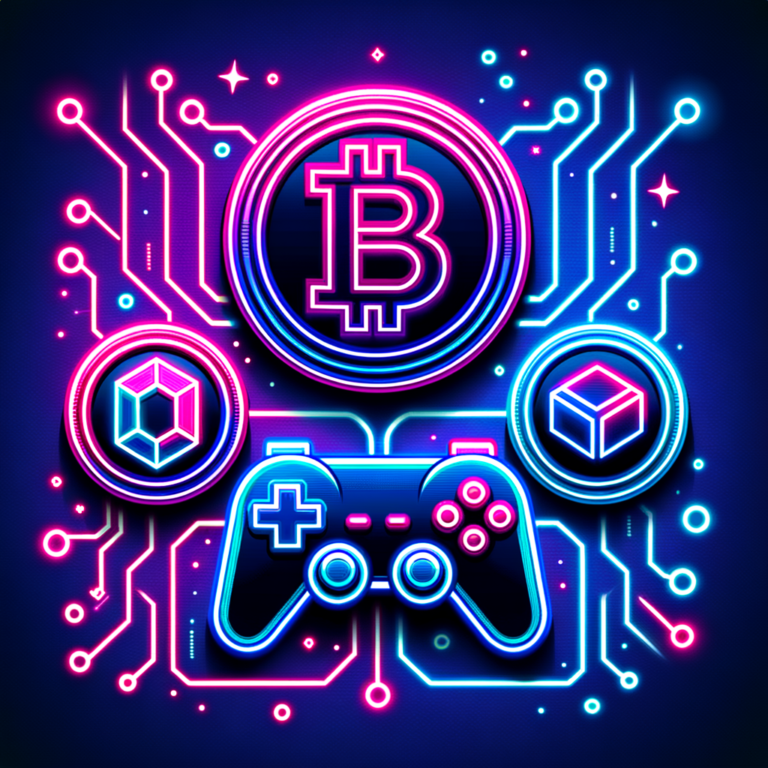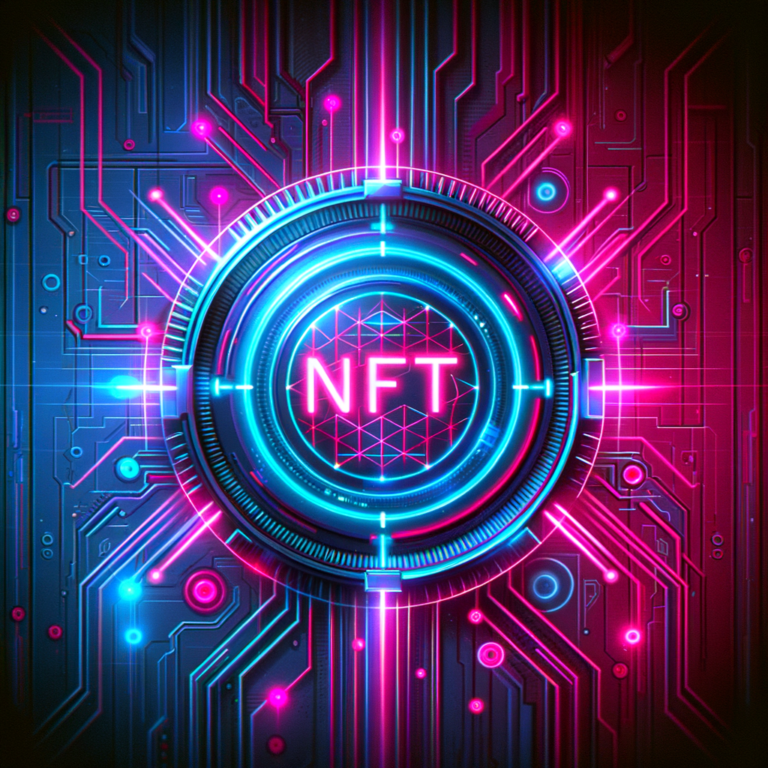Unlocking Creative Potential: NFTs for Artists
The intersection of art and technology has ushered in a groundbreaking era where digital assets known as Non-Fungible Tokens (NFTs) are redefining the creative landscape. For artists, NFTs represent more than just a novel trend; they offer a transformative platform to monetize and control their artworks like never before. This article explores how NFTs are unlocking creative potential, providing artists with new opportunities to thrive and innovate in the digital age.
Embracing the Digital Frontier: NFTs Explained
Non-Fundible Tokens, or NFTs, are unique digital identifiers that cannot be copied, substituted, or subdivided, recorded on a blockchain, and used to certify ownership and authenticity of specific digital assets. This technology differs fundamentally from traditional digital files, which can be endlessly duplicated. NFTs bring digital scarcity to the forefront, making digital artwork collectible and tradeable like physical art. The blockchain technology underlying NFTs ensures that every transaction or transfer of ownership is recorded, thereby creating a permanent, unalterable digital ledger. This transparency is crucial for both artists and collectors in establishing provenance and ensuring the security of their investments.
The Artistic Revolution: How Nft’s Empower Artist
NFTs are revolutionizing the art world by democratizing access and removing intermediaries like galleries and auction houses. Artists can directly reach a global audience, retain greater control over their work, and receive a larger share of the profits. Furthermore, NFTs enable artists to receive royalties automatically through smart contracts every time their art is resold. This feature not only provides artists with ongoing revenue but also with recognition throughout their artwork’s lifecycle. The empowerment provided by NFTs is also fostering a new cultural movement where digital artists are gaining unprecedented recognition and valuation, similar to their traditional counterparts.
From Canvas to Blockchain: The NFT Journey
Transitioning from traditional art forms to NFTs involves digitizing artwork. Whether it’s a digital painting, a photograph, or even a scanned version of a physical piece, once digitized, the artwork can be minted as an NFT on a blockchain platform. This process transforms the art into a verifiable asset that can be bought, sold, or traded. Platforms like Ethereum are popular choices for artists due to their robust security and widespread use. However, the journey doesn’t stop at minting; artists must also engage with the community and market their NFTs effectively to stand out in a growing marketplace.
Navigating Legal Waters: Rights and NFTs
Understanding the legal implications of creating and selling NFTs is crucial for artists. When an artist mints an NFT, they are creating a digital certificate of ownership for their artwork, but it’s essential to clarify that the underlying intellectual property rights can be distinct from the NFT itself. Artists must decide what rights they are transferring—if any—when they sell an NFT. Clear, explicit terms and conditions can help prevent future legal disputes and ensure that both creators’ and collectors’ rights are protected. Moreover, artists should be aware of copyright laws in different jurisdictions, especially when selling to an international market.
Monetizing Art in the Digital Age with NFTs
NFTs offer artists innovative ways to monetize their work. Apart from direct sales, artists can create limited editions, provide unlockable content, or embed royalties into their NFTs, ensuring they earn from secondary sales. This model not only increases potential revenue streams but also allows artists to experiment with different forms of digital art and engagement strategies. Additionally, the scarcity and unique nature of NFTs can drive up their value, making them attractive to collectors and investors alike.
Future Prospects: NFTs Shaping Artistic Careers
The impact of NFTs on artistic careers is profound and far-reaching. As the market matures, artists who adapt to the NFT model may find new avenues for exposure and professional growth. The technology also holds potential for collaborative projects across different media and industries, further expanding artists’ horizons. Importantly, as digital literacy and blockchain awareness grow, more artists might consider NFTs a primary avenue for releasing their work, potentially leading to a significant cultural shift in how art is consumed and valued.
Getting Started: Step-by-Step Guide to NFTs
For artists eager to explore NFTs, the first step is researching and selecting a blockchain platform that aligns with their values and needs, such as Ethereum, Tezos, or Flow. Next, artists should set up a digital wallet to store NFTs and cryptocurrencies. Following this, artists can choose an NFT marketplace where they can mint (create) their NFTs. Common platforms include OpenSea, Rarible, and Foundation. After minting their NFTs, artists should focus on community engagement and marketing to increase visibility and credibility within the NFT space. Finally, continuous learning about trends and best practices in the NFT and blockchain spaces will help artists stay competitive and innovative.
NFTs are more than a passing trend; they are a transformative force reshaping the art world. By providing artists with platforms to monetize their work, control their creative outputs, and connect directly with audiences, NFTs are truly unlocking creative potential. As the digital landscape evolves, embracing NFTs can offer artists not only financial benefits but also a significant role in the burgeoning digital art community. The journey of integrating art with blockchain technology promises a new era of innovation and artistic expression, heralding an exciting future for artists worldwide.


